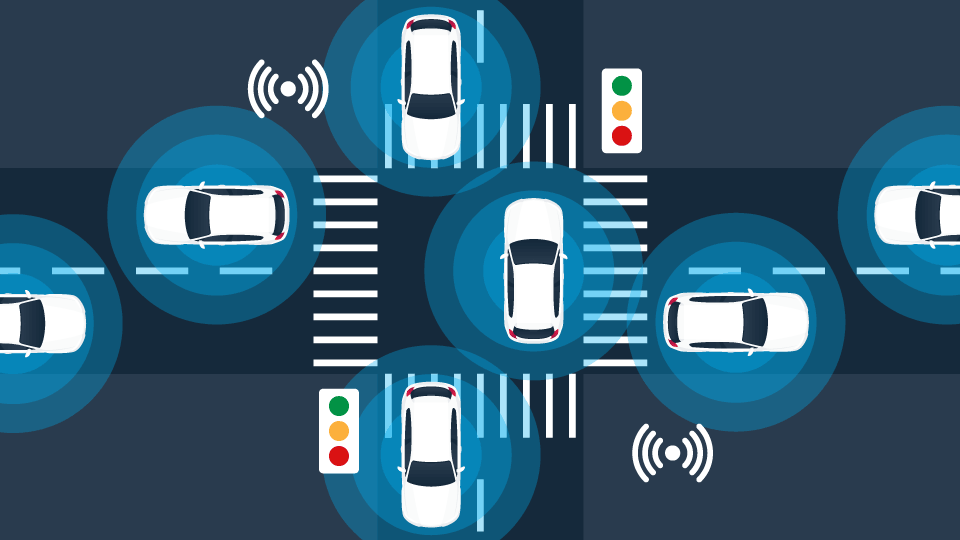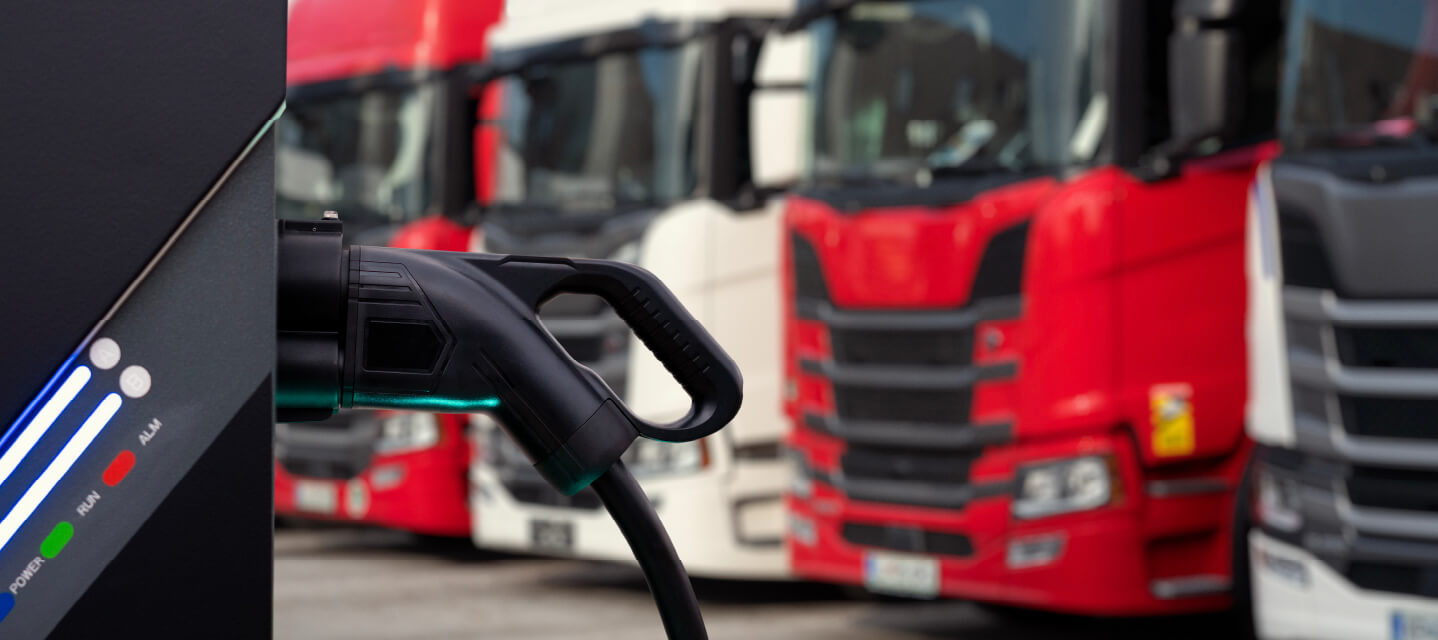Why the world’s leading fleets rely on data
Geotab is working with major OEMs to help fleet operators solve the operational and environmental challenges that lie ahead.


The world’s leading fleets are turning to data to navigate their way through increasingly difficult operating environments while simultaneously delivering on customer expectations.
In the courier and delivery industry, precision is now the expectation. Customers insist on narrow delivery windows for groceries and accurate arrival times for service engineers. They also want to be able to track the progress of parcels and technicians in real-time on their smartphones.
At the same time, national and city authorities are imposing tougher controls on vehicle operators. These agencies are seeking to push fleets towards electric vehicles in order to eliminate both carbon emissions and local air pollution.
COVID-19 has only served to accelerate these trends. As companies draw up business plans for the aftermath of lockdown restrictions, they are looking for a step-change improvement in fleet efficiency to satisfy customers, meet environmental commitments and protect their bottom lines.
Importance of vehicle data
Vehicle data is already playing a vital role for a large swathe of fleets, providing them with the raw ingredients to optimise routes, maximise vehicle uptime and enhance operational efficiency. These demands may seem familiar to experienced fleet operators, but the rapid acceleration of vehicle electrification has added an entirely new level of complexity.
For example, in London, where logistics firm Gnewt, runs a fleet of electric light commercial vehicles, its green commitment was not matched by the local power supply, which was only able to recharge 35 vans per day at the depot.
Gnewt uses Geotab technology to monitor the state of charge in individual vehicle batteries and combines this with live information about which vehicles are being charged and when. As a result, its depot has been able to increase the number of daily charges to 80 vehicles.
Though an encouraging step in the right direction, for fleets weaned on the convenience of a five-minute diesel fill-up to fuel a day’s deliveries, these power limitations present fresh challenges, and the solution requires new tools.
The need for this type of VIN-level data is rising exponentially as businesses juggle with the range thresholds and charging times of electric vehicles. If a last-mile logistics company wants to redirect a vehicle to make an extra collection, it needs confidence that there is sufficient power in the batteries to complete its route.
Likewise, the most advanced service companies no longer look to dispatch the closest vehicle to a client, but instead to identify the nearest vehicle that has sufficient battery range to reach the customer and which is carrying the right replacement parts. Synchronising GPS signals with live data on the state of battery charges, and even adding parts inventories into the mix, have become a part of everyday fleet management for many companies.
Is all data equal?
Data equality is an issue rising in importance as vehicle manufacturers introduce greater connectivity to cars, vans and trucks. Vehicle data can be extremely useful to fleets, helping to save costs while enhancing efficiency. For data to be useful and actionable, OEMs need to deliver it in an easily digestible format. OEM data needs to be integrated into whatever fleet management software customers are using.
The problem is, transferring the right data at the right frequency from vehicles is highly technical. It also serves as an unwanted distraction for OEMs at a time when they are so heavily focused on their core business of developing and launching electric vehicles.
The Geotab advantage
Vehicle data transfer and analysis is at the very core of Geotab’s DNA. We are a connected fleet company by design. We sit on the board of COVESA (Connected Vehicle Systems Alliance), which is leveraging our edge-computing expertise as it works to establish market-wide standards for the type and frequency of signals required to support telematics. This includes new mobility and predictive vehicle maintenance solutions.
Our patented curve algorithm is fine-tuned to send data signals from the engine TCU (or even individual components) to the cloud at minimum cost and at a frequency that is optimised for fleets. Moreover, Geotab’s connected vehicle platform can seamlessly integrate data from all OEMs, reflecting the fact that even the most globalised fleets utilise different makes and models.
Geotab not only deals in aggregated data, but concentrates on VIN-specific data, which holds value for fleets. Our analytics tools provide rich insights for fleet operations, helping businesses to identify savings and drive efficiencies.
As an example, Madrid City Council used Geotab’s technology to detect both under- and over-used vehicles based on daily mileage so they could right size their fleet.
See also: ELD data: 5 ways to use your fleet data to reduce risk and preserve margins
Get more out of your telematics solution
At Geotab, we understand the value of data and how to generate revenue from it. We are actively working with leading OEMs to develop recurring revenue business models from fleet data on behalf of our customers. Our manufacturing partners include key electric vehicle makers as well as established OEMs, such as Ford, Mercedes-Benz, PSA, and the heavy vehicle sector.
Only by collaborating closely in long-term partnerships can we help shared fleet customers navigate the challenges that lie ahead of them.
For more information on partnering with Geotab and seizing the opportunities presented by our connected vehicle solutions, visit our website.
Subscribe to the Geotab Blog

Vice President - OEM, Europe
Table of contents
Subscribe to the Geotab Blog
Related posts



Geotab's Second Brunch Hub: How United Utilities benefited by moving to predictive maintenance
November 9, 2023
3 minute read



